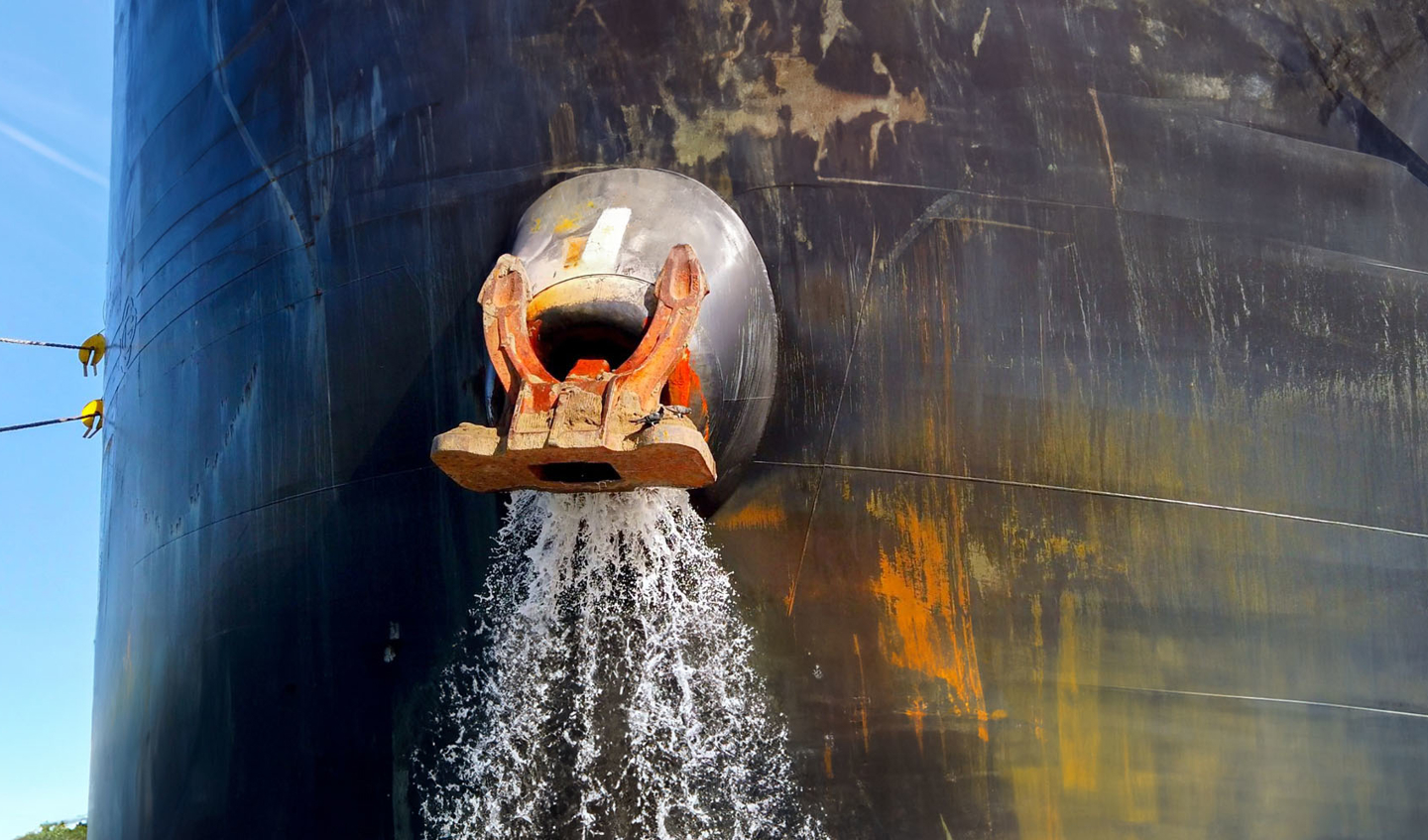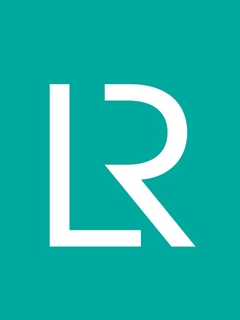Although it’s been over four years since the Ballast Water Management (BWM) Convention entered into force, it’s anticipated that the peak installation period for ballast water treatment systems will be from now until 2024. This is due to the compliance schedule being based on a vessel’s second International Oil Pollution Prevention (IOPP) renewal survey. Additionally, ships that are not issued with IOPP certificates (less than 400 GT), but have to comply with the BWM convention, also have to comply by 2024.
Installing a treatment system is the most common way of complying with the D-2 Ballast Water Performance Standard but meeting the demand of the number of ships that still need to install systems is going to be a considerable challenge for the industry. The full installation process, from planning to installation to receiving a compliance certificate, can take months.
There are a number of factors that need to be considered when retrofitting a treatment system on an existing ship. Shipowners should work backwards from their second IOPP renewal survey date and start planning what type of treatment system they need based on their operational requirements.
The COVID-19 pandemic has also affected the implementation schedule due to the supply chain disruption affecting system components, microchips and support parts like piping, cables, etc. Some ballast water treatment system manufacturers have experienced difficulties sourcing the required components to produce the systems and have been forced to move in to just-in-time production, meaning shipowners must order ballast water treatment systems in advance.
Operational issues
One of the major issues highlighted by shipowners is that their ballast water treatment system cannot be used in certain weather conditions or ports due to high sediment load. There have been several submissions to MEPC/PPR IMO sub-committees regarding this issue.
This has led to shipowners taking water in port without treatment, bypassing the system and then exchanging at sea before they visit the next port. As a result of this, we have recently seen a number of manufacturers produce filter-less ballast water treatment systems – essentially a modified version of their existing chemical injection and electro-chlorination type systems. A number of filter-less systems have now been type approved and to help shipowners address this issue, LR continues to work with several manufacturers to type approve their filter-less systems. LR also working with manufacturers to type approve their third and fourth generation ballast water treatment systems.
Shipowners that are yet to install a ballast water treatment system may now be at an advantage, as the increased number of choices may help alleviate some of the issues experienced by early adopters.
Regulatory requirements
Shipowners also need to consider the specific requirements of their flag of choice. With a lot of flag Administrations becoming a signatory to the BWM Convention, we are seeing more and more flags implementing their own local regulations. For example, a ballast water treatment system installed on a UK or Canadian flagged vessel must have a type approval issued by the flag itself. This additional process can take several days to weeks, and this is just one possible requirement, there may be more to consider.
LR can assist with the approval process through issuing a type approval on behalf of the Maritime and Coastguard Agency (UK flag) or Transport Canada (Canadian flag) for example, and on behalf of many other Administrations if required. LR can also assess existing ballast water treatment system type approvals and review relevant data to issue a subsequent type approval on behalf of the respective flag.
Despite the industry being aware of the compliance deadline for years, there are still some shipowners who are yet to act. Effective planning needs to be the priority with the compliance deadline looming and the industry on the brink of a peak installation period.
Commissioning testing requirements explained
Commissioning testing is a mandatory requirement that forms part of the installation and commissioning survey of ballast water treatment systems, prior to certification. The requirement will enter into force on 1 June 2022. There are already certain flag Administrations that are mandating commissioning testing, but from June it will be a requirement for all ships.
Firstly, commissioning testing shouldn’t be confused with commissioning of the ballast water treatment system. Installation and commissioning of the system as well as commissioning testing are all part of the initial survey, which must be completed in accordance with class and statutory requirements. The resulting commissioning testing report is a requirement for a completion of successful survey and issuance of International Ballast Water Management Certificate.
Secondly, commissioning testing consists of two parts. One is the sampling and analysis of ballast water. The other part is assessing the self-monitoring parameters work as intended. The intention of the commissioning testing is not to retest the ballast water treatment system (as it is already type approved), but to ensure that the ballast water management system has been installed correctly and commissioned to meet the required performance standards.
Thirdly, there are certain requirements as per IMO Circ.70/Rev.1 as to how commissioning testing needs to be carried out. One very important point to note is that the commissioning testing needs to be conducted independently from the ballast water treatment system manufacturer and suppliers to avoid conflict of interest. So the question for shipowners is, who can do the commissioning testing?
For LR-classed ships the commissioning testing must be conducted by an approved service provider only (as of 1 June 2022). As part of the LR approved service provider scheme, LR audits the company through the review of their commissioning testing experience, knowledge and operational procedures to ensure they are fit for purpose. However, it is the shipowner’s responsibility to assess if the service provider has a conflict of interest with the ballast water treatment system manufacturer or installer.
Some ballast water treatment system manufacturers or yard/engineering companies offer turnkey solutions that include installation, and possibly even commissioning testing, as a complete package, but the commissioning testing must be carried out by an independent party. As part of the commercial contract, it may be paid for by the manufacturer/supplier, which is permitted as long as the commissioning testing is a completely independent process conducted by a different entity/supplier.
For more information download LR's Guidance Notes on Ballast Water Management System Commissioning Testing:







